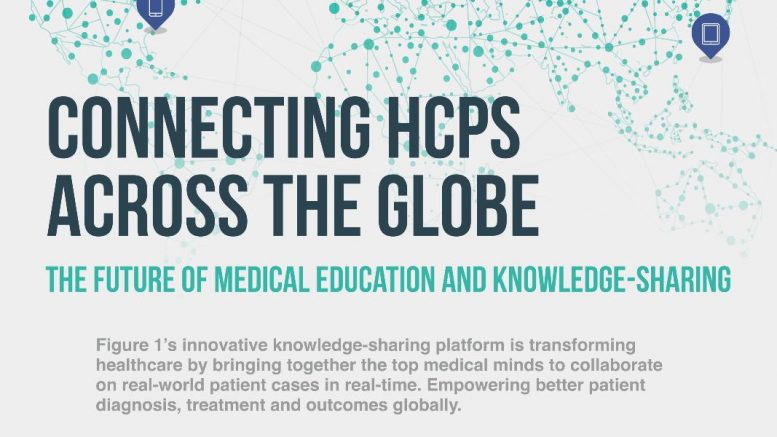Figure 1 healthcare professional platform shows potential as a warning and medical education system on emerging public health threats
Figure 1, a healthcare technology company, has released qualitative evidence that the company’s secure, case-based knowledge-sharing community and platform for healthcare professionals has served as a warning and education system for healthcare professionals on emerging public health threats.
Josh Wildstein, CEO of Figure 1 said, “Across COVID-19, Zika virus and MERS, providers have been able to quickly and securely share patient images in real-time on Figure 1 and participate in discussions relating to potential symptom presentations and patterns that help identify infectious diseases as emerging threats, even before public agencies have officially announced them, in some cases.”
In early 2020, as Covid-19 swept the globe, information about the disease was changing daily, and healthcare professionals visited the Figure 1 platform to learn more about the novel virus. One hospitalist in the U.S., about to start a 9-day stretch caring for Covid-19 patients, asked the community to pose questions on the disease that he would later answer based on his experience seeing covid patients. He shared patient cases and learnings in real-time, responding to questions and educating millions of healthcare professionals around the world in the process.
Real-time global dissemination of medical knowledge is vital when facing emerging public health threats. In 2015, when a widespread epidemic of Zika virus was beginning to make headlines, a neurology resident in Argentina shared a case of a 32-year-old female presenting with headache, fever, joint pain, and a rash on Figure 1. Testing confirmed that the patient had Zika virus. The case and discussion that followed were an opportunity for healthcare professionals around the world to learn how the virus manifested from their South American peers, in advance of the virus spreading to their home countries. Within its first 24 hours on the platform, the case was viewed over 35,000 times, and was seen by over 7,082 physicians and residents in the first 4 days alone. The discussion on the case ranged from the differential diagnoses to the patient’s presentation and management, from laboratory findings to the neurological disorders associated with infection and provided the Figure 1 community with real-time updates on the spread of the virus.
Middle East respiratory syndrome (MERS) is a viral respiratory illness, first reported in Saudi Arabia and Jordan in 2012, that spread to several other countries, including the United States, in the months and years that followed. One of the largest outbreaks of human-to-human transmission occurred in Saudi Arabia in the spring of 2014. And with a case fatality rate of up to 35%, it was crucial that healthcare professionals had the most up-to-date clinical information at their fingertips. It was during this outbreak that a surgical resident shared a case of MERS on Figure 1 – a chest x-ray demonstrating the radiologic findings associated with the disease. With much of the world waiting to see how widespread this virus would become, the case enabled healthcare professionals to better prepare for its arrival, by seeing the features of the disease, and exchanging clinical information instantly.

